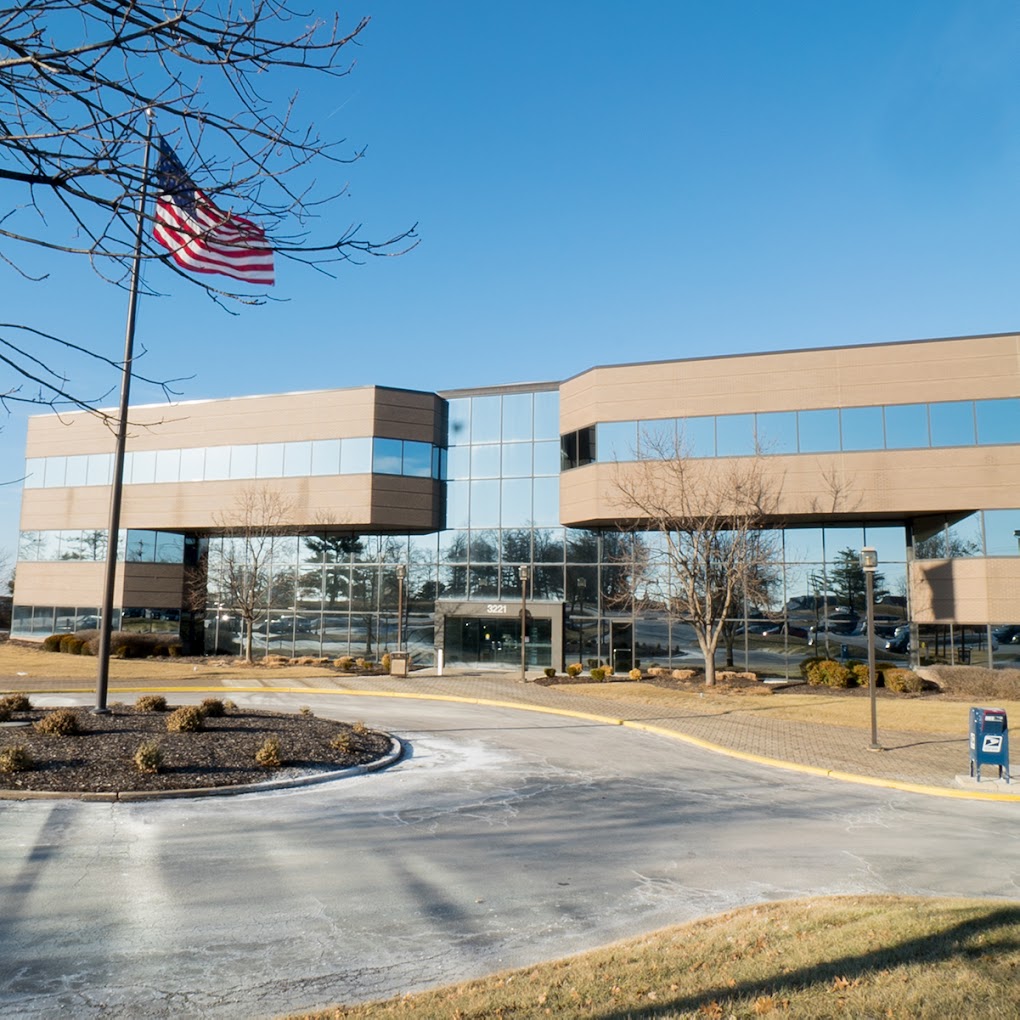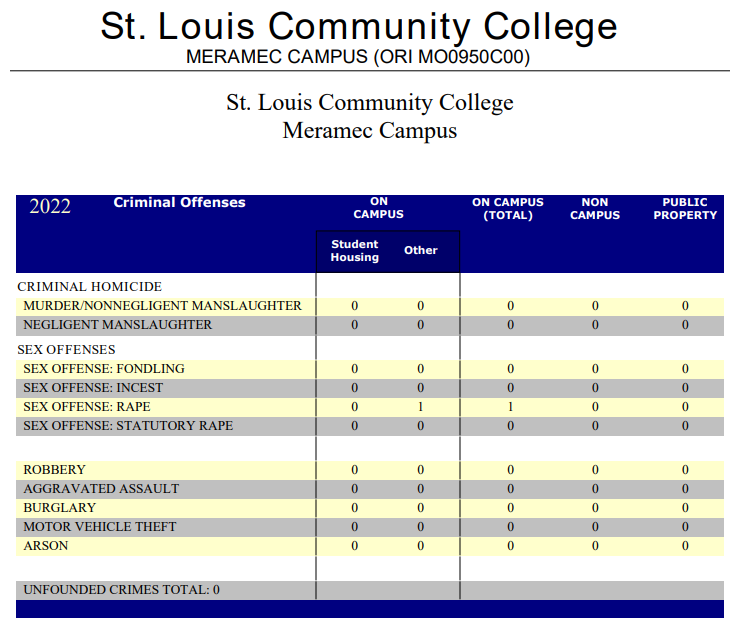Has the term ‘college-age’ become obsolete?
At some point in time, college age was pretty much assumed to be those years between 18 and 22. College age might refer to someone slightly younger depending on what part of the year his or her birthday was or if he or she managed to graduate high school early. Or it might even refer to someone slightly older, and potentially in a scornful way, if that someone had possibly spent too much time partying while getting acclimated to life on his or her own, away from parents and home. Reality is that many of the students seen in college classes these days are older than that simple definition.
According to information published by Institutional Research and Planning for class years beginning fall 2009 through fall 2012, the number of STLCC Meramec students age 21 and older enrolled for classes is a significant number, 65 percent of the total enrollment to be precise. Percentage wise, that number is holding steady with overall enrollment fluctuation with less that two percent variation over that four-year period. Those numbers clearly show that there are more students that are older than our stereotypical college student from just a few years ago. In the years shown, total Meramec enrollment fluctuated from 11,193 to 11,439 to 11,351 to 10,436. Total students under the age of 21 fluctuated from 4019 to 4027 to 3919 to 3654 during that same time. The balance of those students enrolled make up the aforementioned 65 percent of the student enrollment.
Of that, students between the ages of 21 and 25 make up the largest percentage at approximately 31 percent across all four years. As would be expected, students between the ages of 26 and 30 are next largest, representing between 12 and 13 percent of the student body. Students in their 30’s, 40’s, and 50’s account for approximately 10 percent, seven percent, and three percent respectively. Students age 61 and over make up the balance. For all of you statistical geeks out there, the mean age, median age, and mode across the years reported are 26.3, 22, and 19 years respectively.
Multiple factors should be considered when analyzing the aging of the college kid. Among them are the cost of education, availability of online courses, more competition for fewer jobs, unemployment benefits and what many are calling the baby boomer effect.
Although education is expensive, the lack of education is perhaps worse. Still, the price of tuition, books and incidentals is a big reason why many high school graduates are choosing entry-level jobs or careers in the military as a way to pay for higher education, even though the education will come later. For many, this is a viable alternative, especially if Mom and Dad are not able to pickup the tab for a college education. Having some sort of working experience also helps some potential college students to choose a program that is more suitable to their personal goals that may have been rather ambiguous prior to them working a full-time job. Besides, who really knows what they want to do for the rest of their life when they are 18 years old? Additionally, tuition reimbursement is becoming a pretty common benefit of most jobs to varying degrees.
Although statistics comparing age of students taking online classes and those taking traditional classroom classes are not readily available, the availability of online classes has no doubt raised college enrollment numbers across the board. Even though University of Phoenix does have classrooms, 75 percent of their students take classes online. Older students that were attending “night school” to raise their lot in life are finding it much easier to attend class via a computer in their own home, rather than attending class after a stressful day at the office or work place. Flexibility of online classes to fit with the schedule of others within the household makes this an especially attractive option for young parents. Of course, not all classes are available online, but those that are usually fill up quickly.
With so many college graduates out there in the working world already, having additional education or specialized degrees provides that something extra that is often needed to obtain that promotion or pay raise. So, even though these college grads probably attended college straight out of high school, they are back in class to gain that extra advantage, even though they may be older than many of their classmates. So, don’t make fun of that old guy in class, as he may become your lab partner on that next big class project.
As more people are finding themselves unemployed, whether their employer has gone out of business or merely downsized, they are taking the time to go to school. For some, it is to complete a degree program, while for others it is to start one.
Regardless of the reason for attending college classes, baby boomers are still showing up in great numbers. Whether it is to learn a new skill set to make ourselves more marketable for those last years of a career or to learn about a new interest for the retirement years, baby boomers know that knowledge is power.











